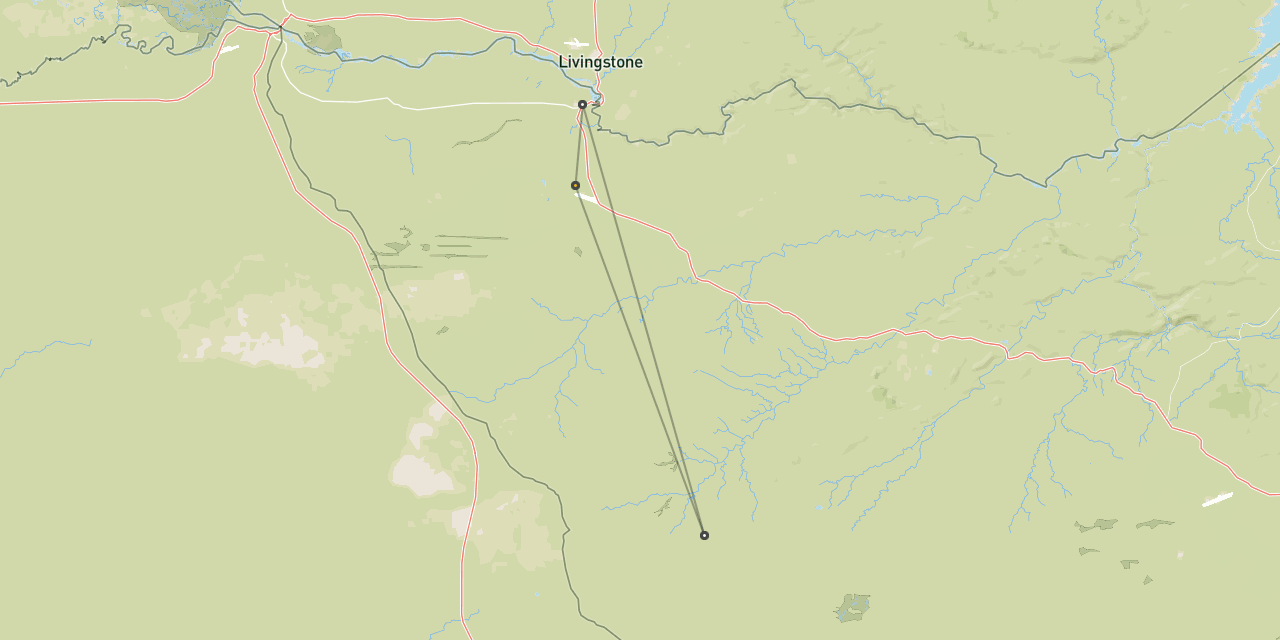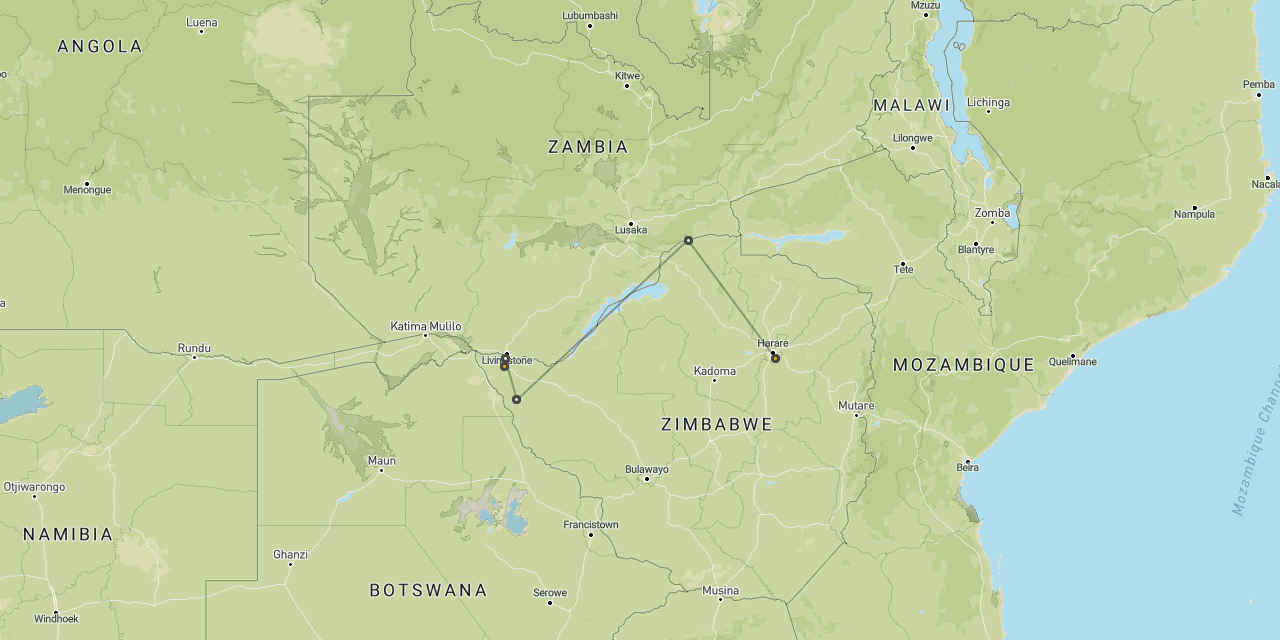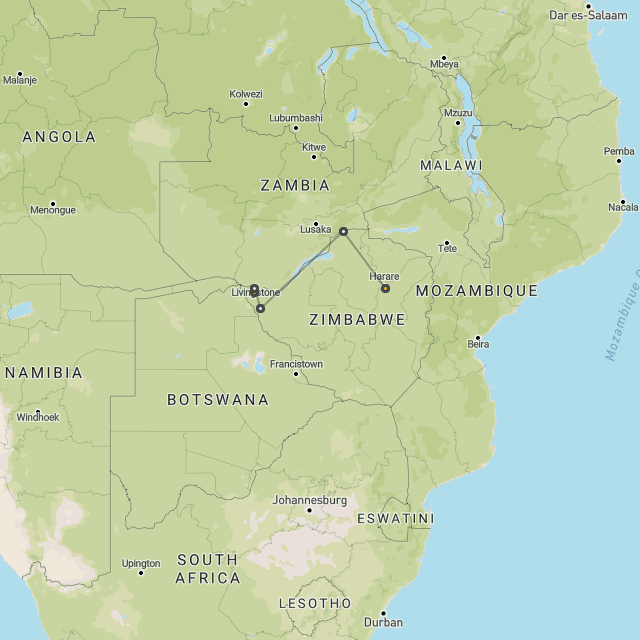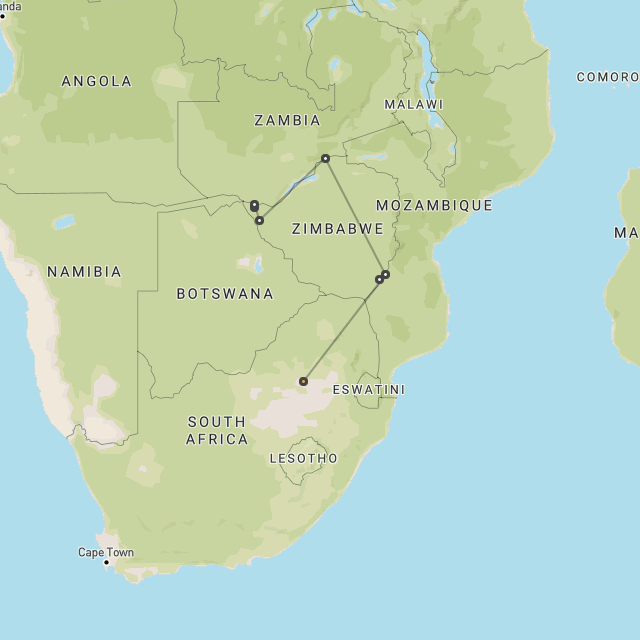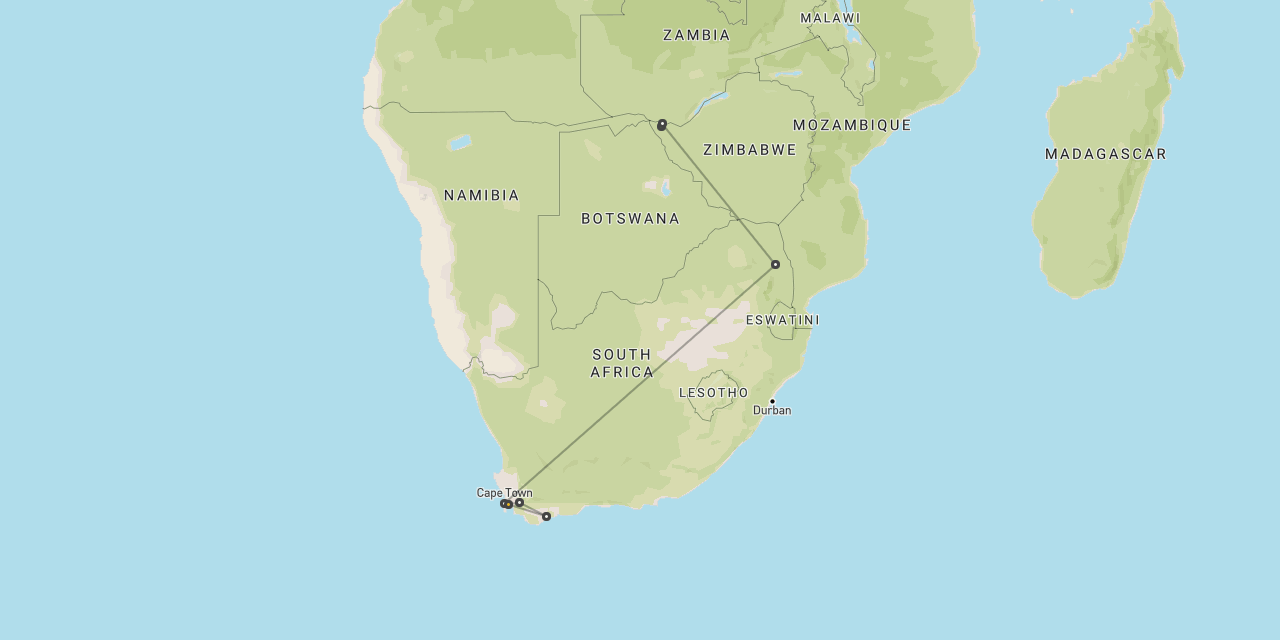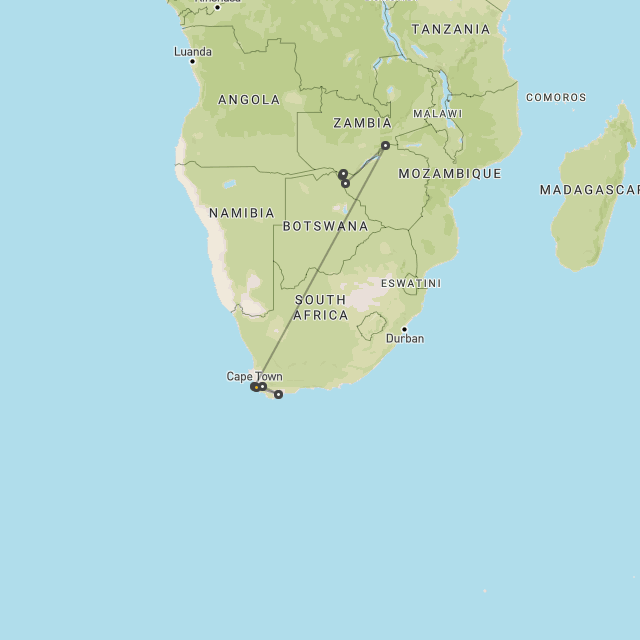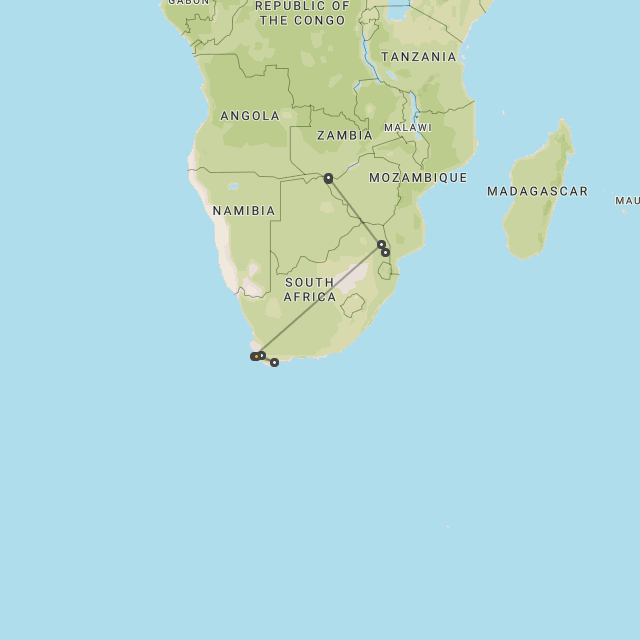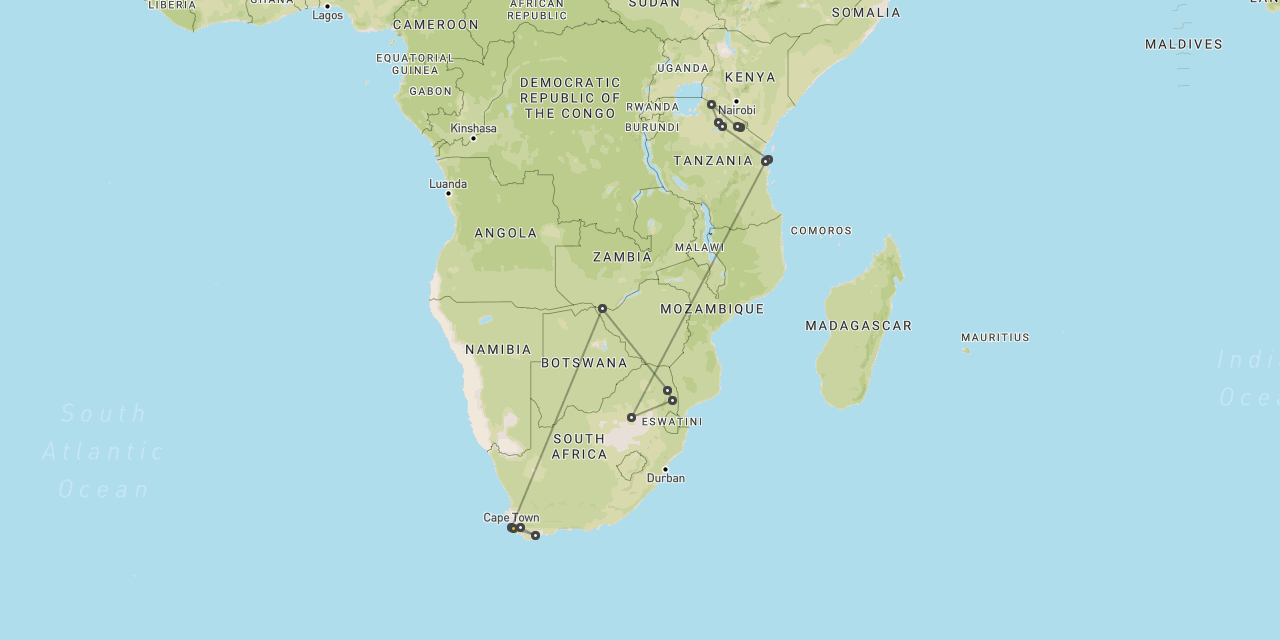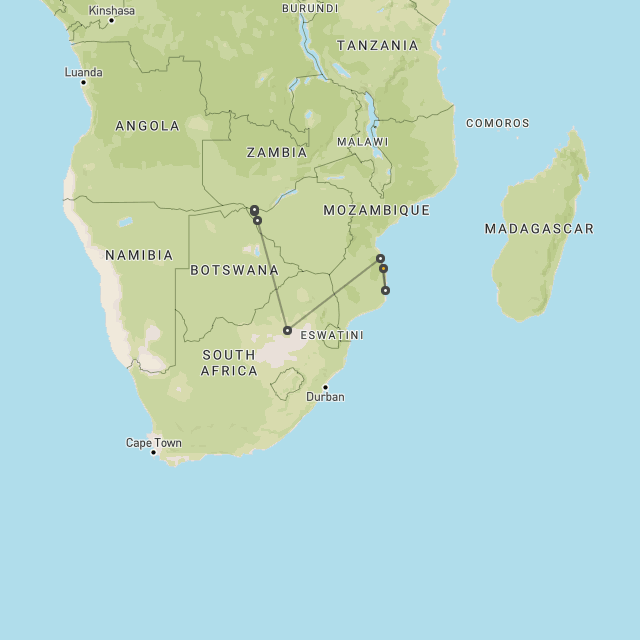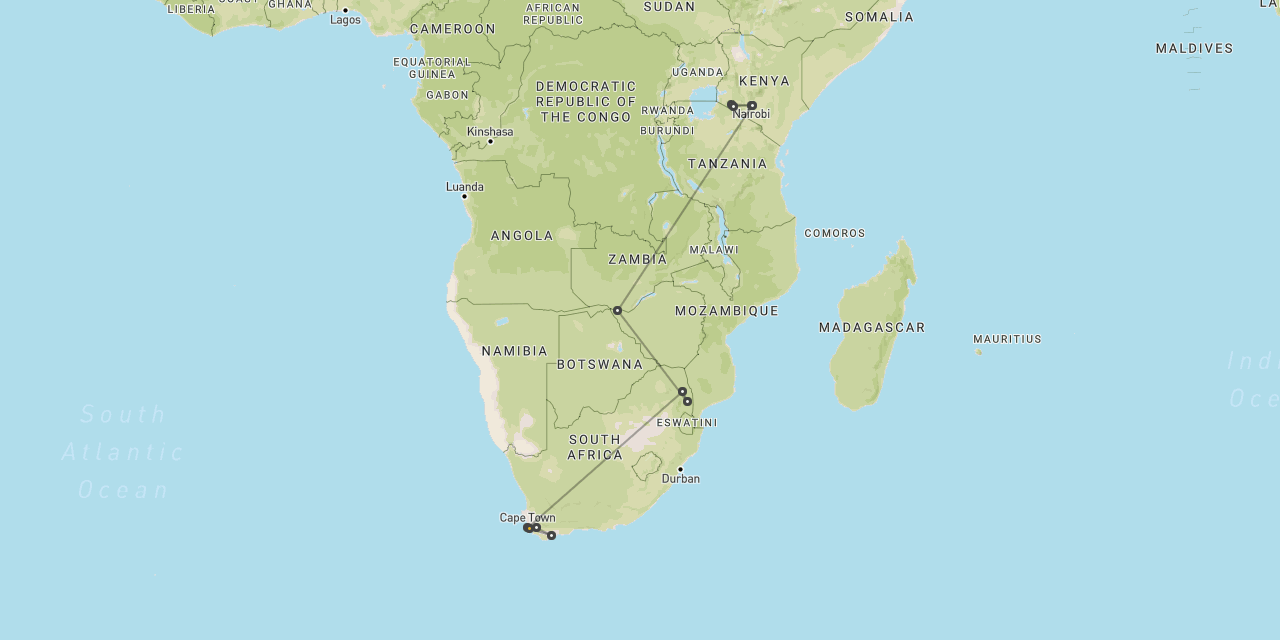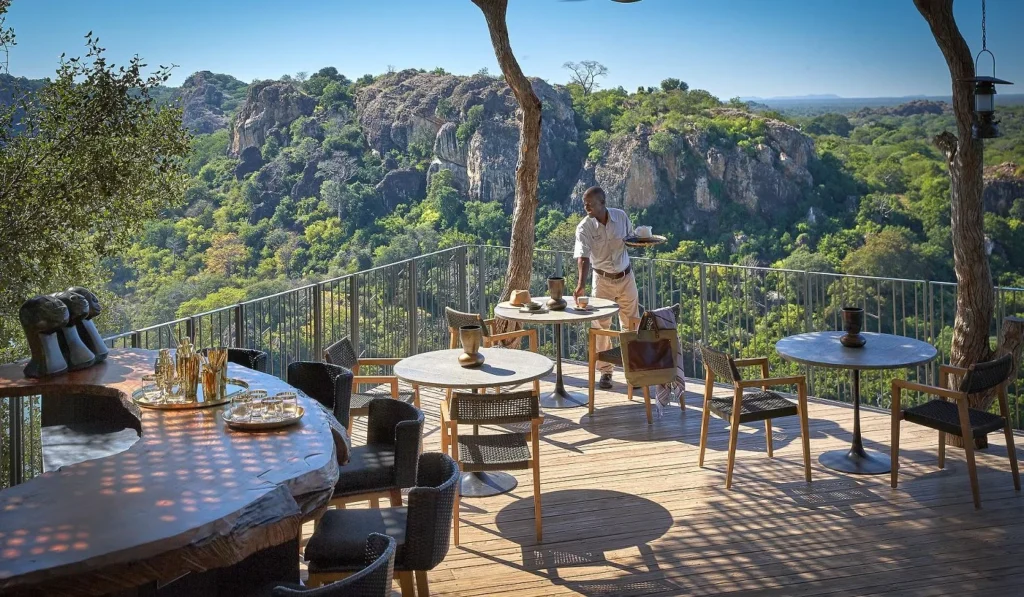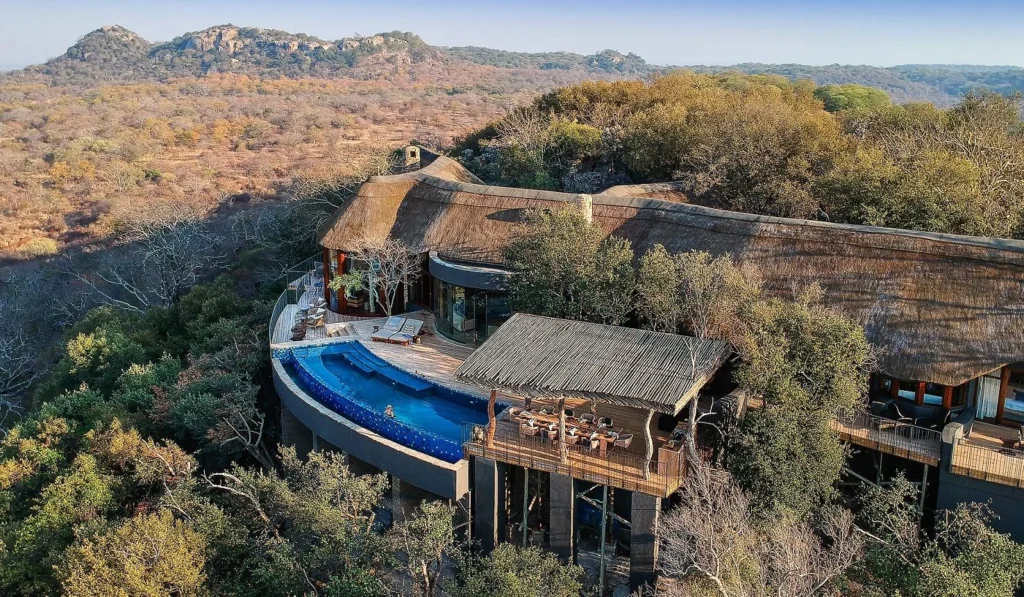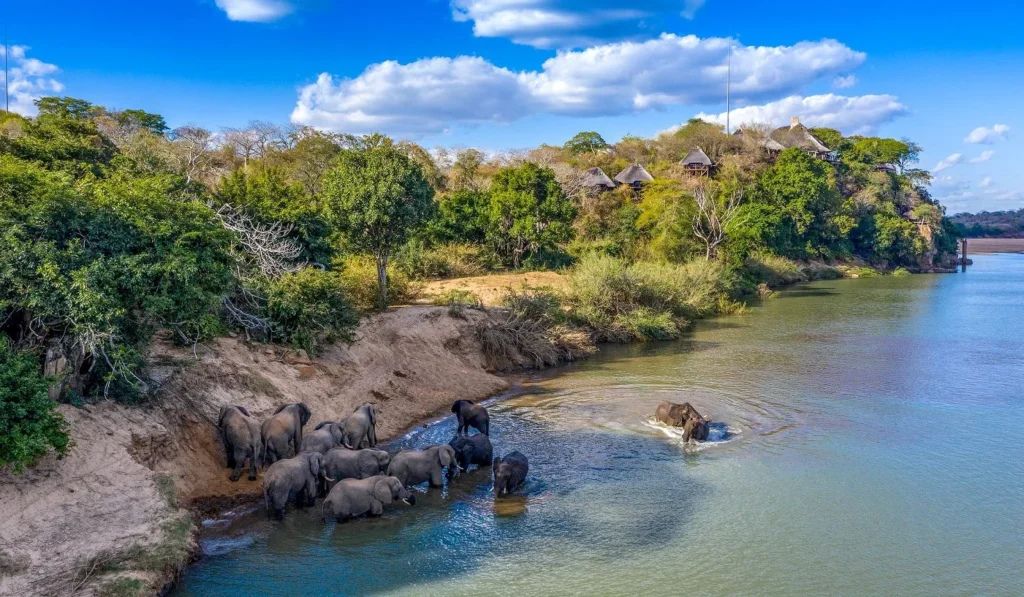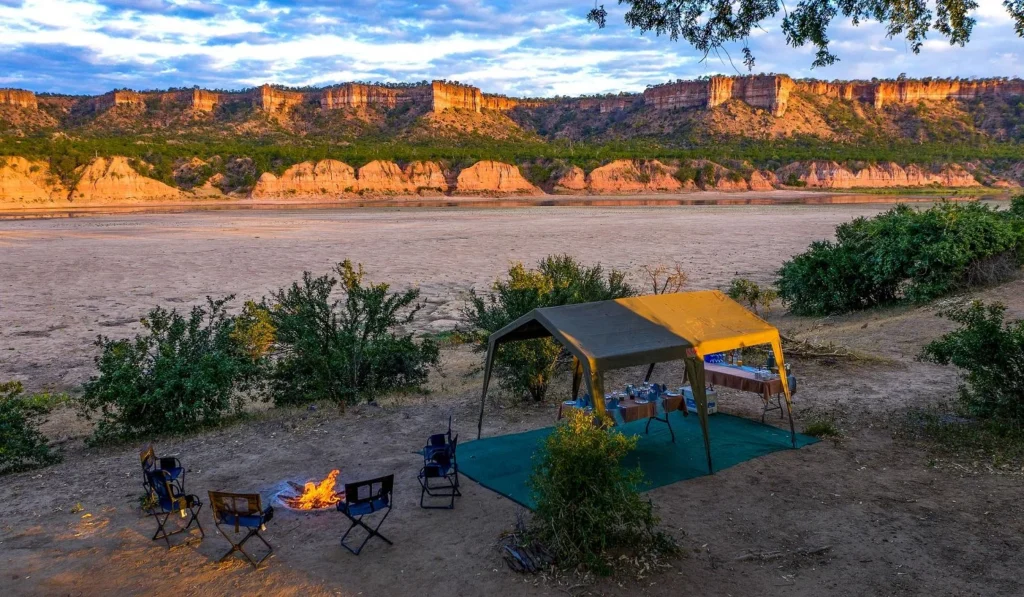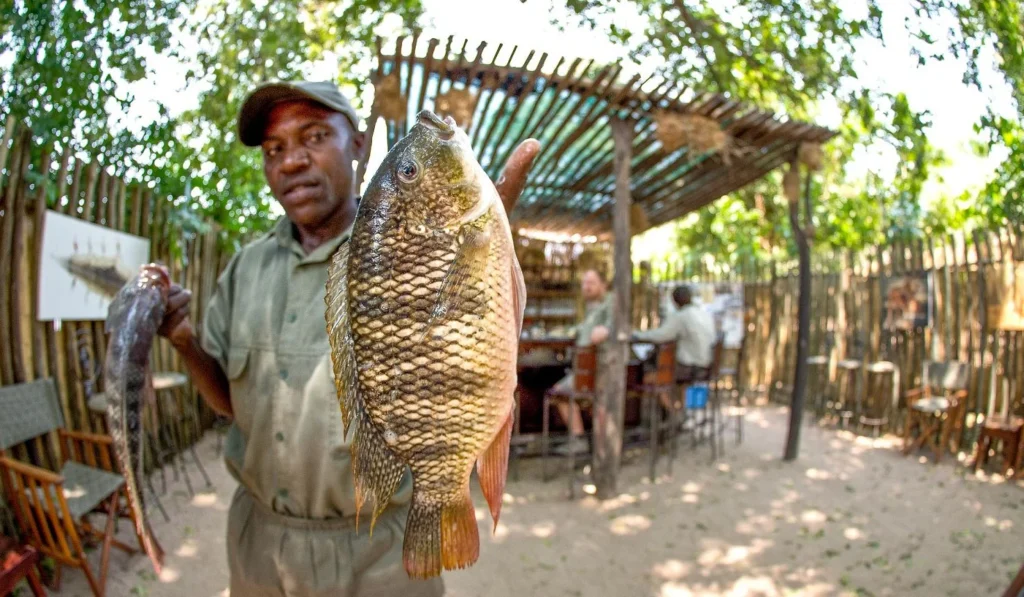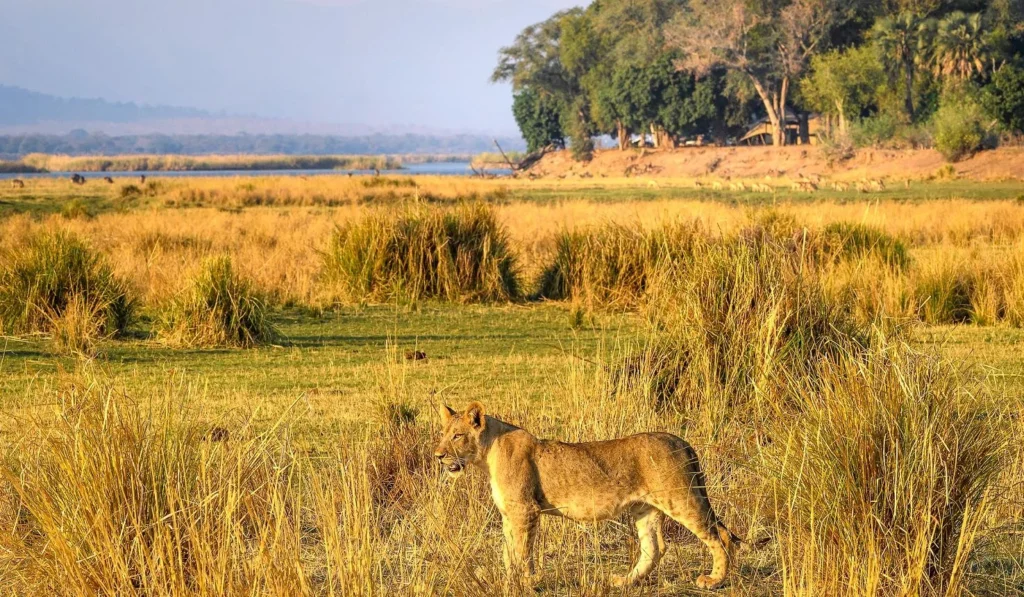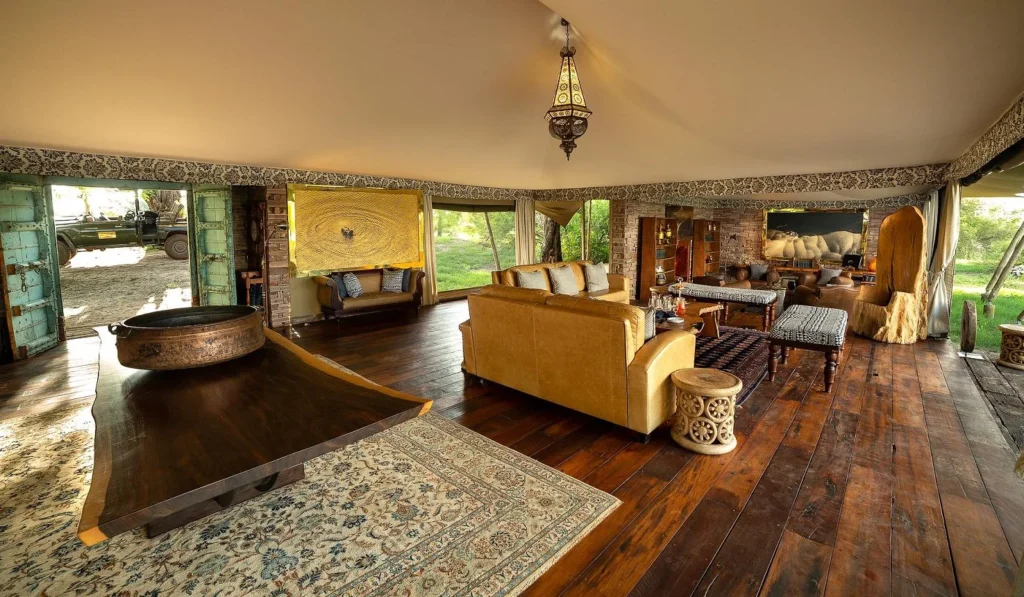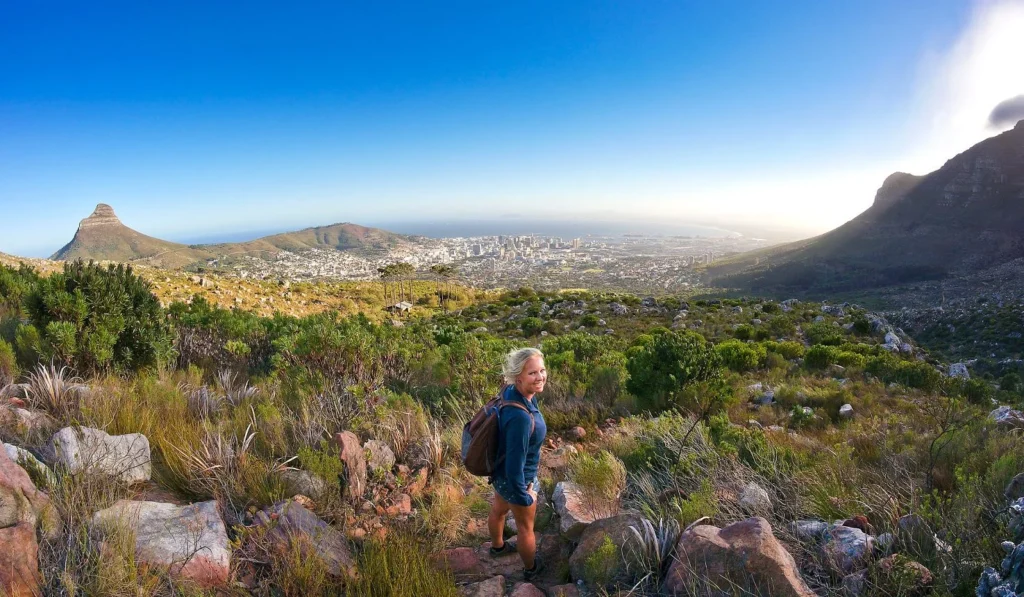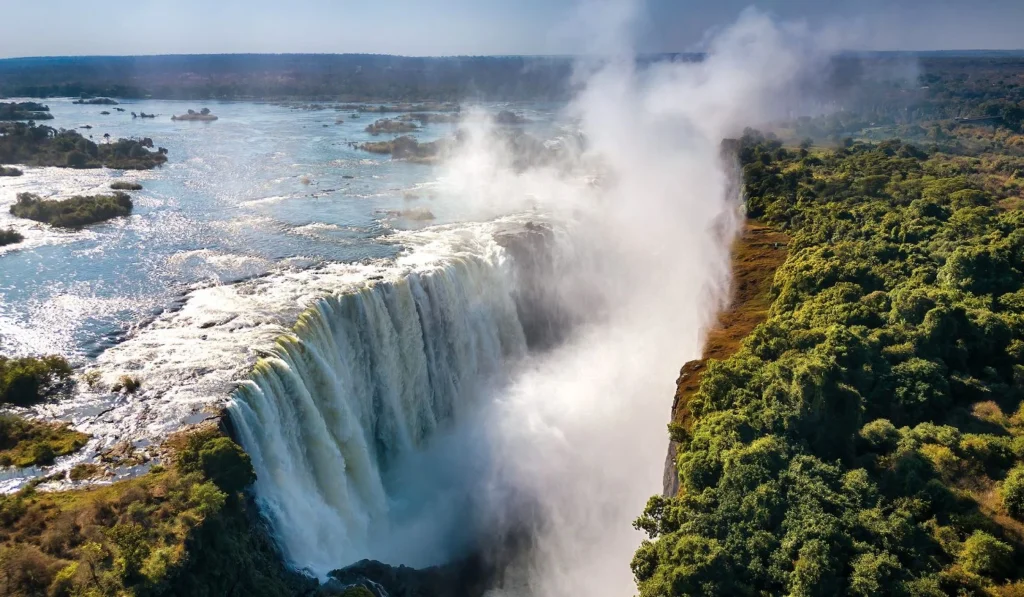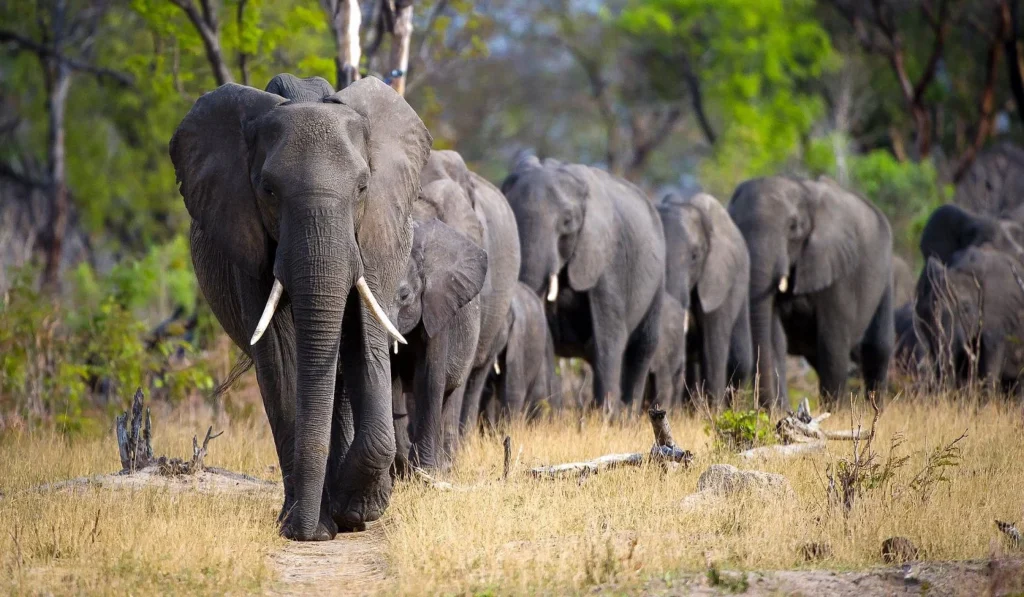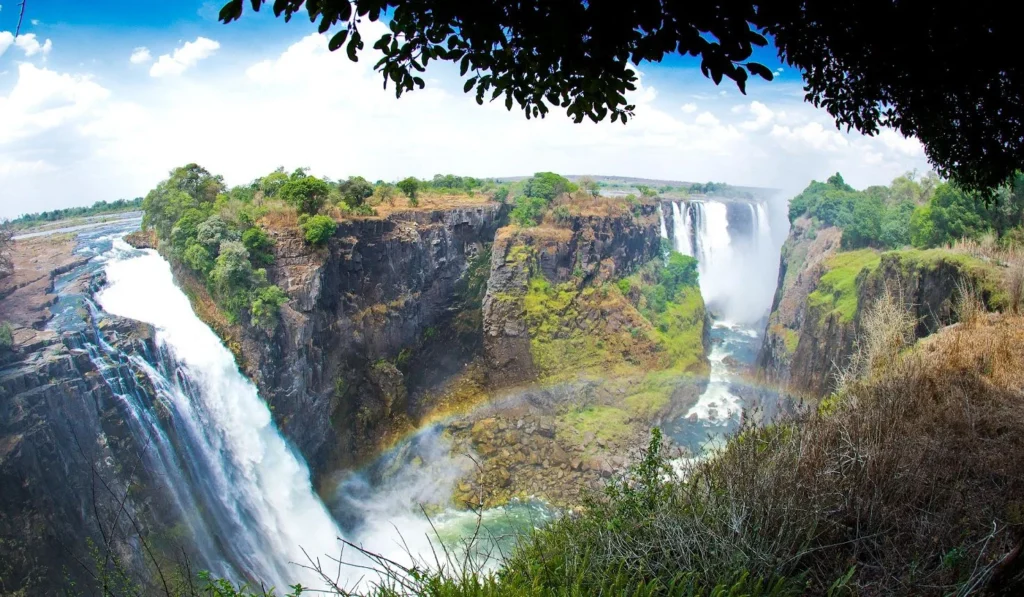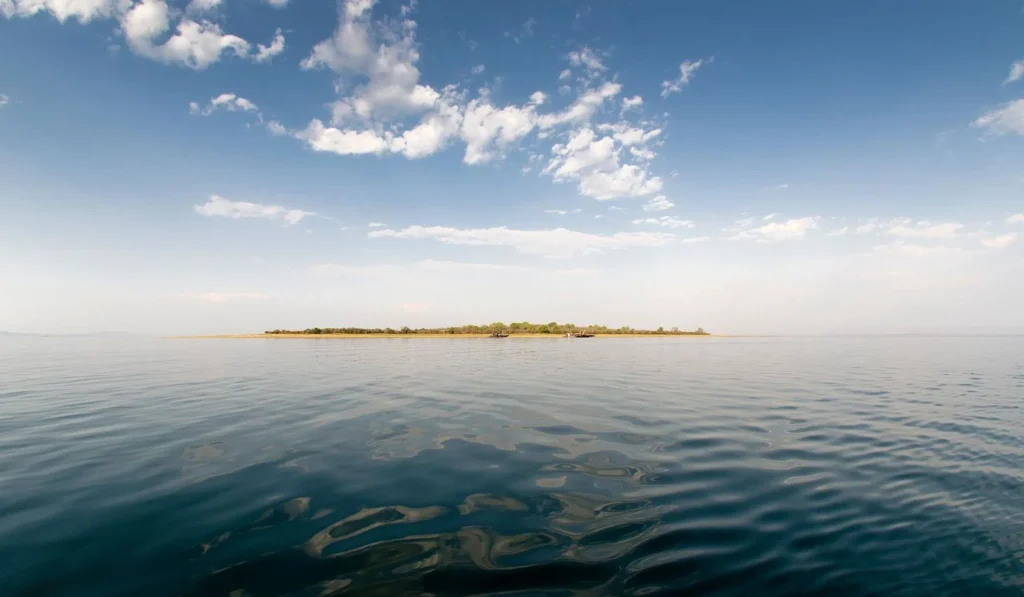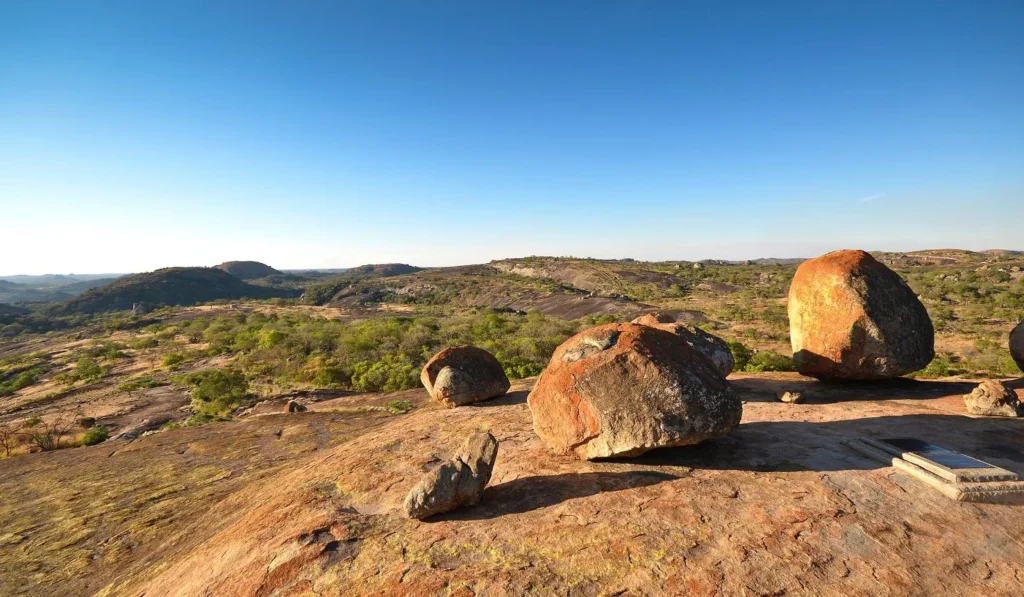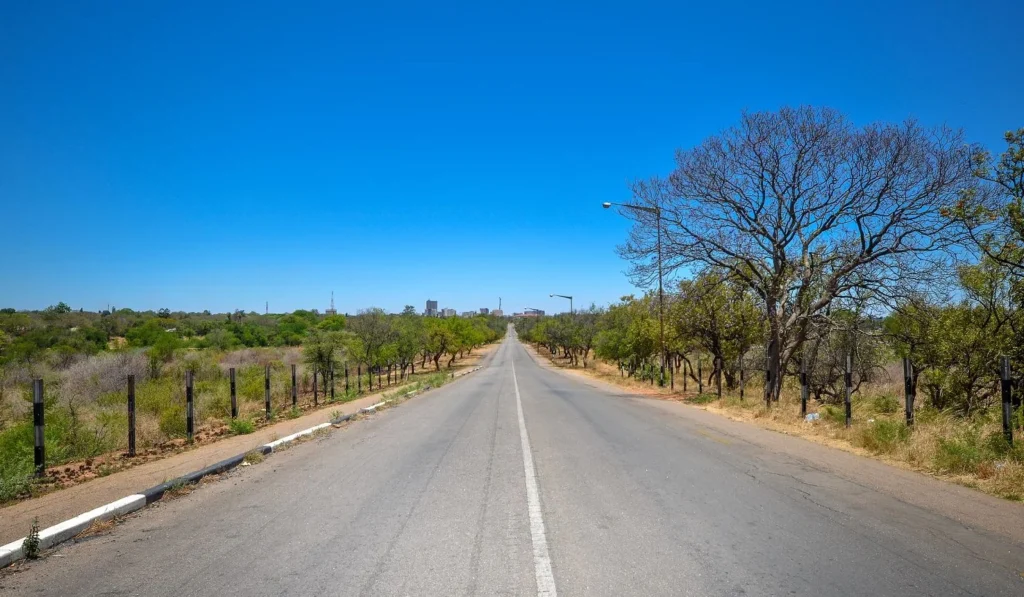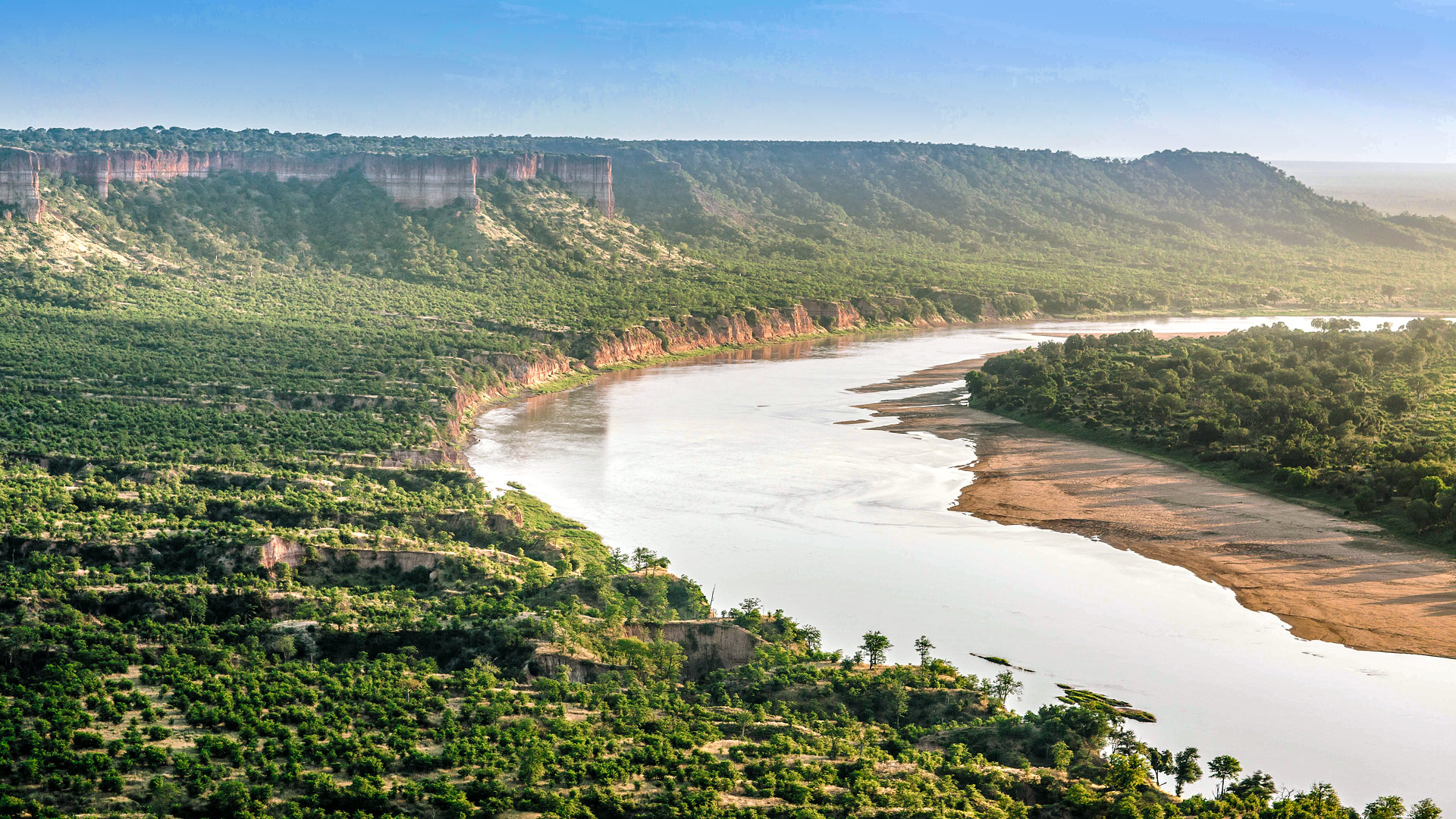
Safari in Gonarezhou
Gonarezhou
is a remote reserve
adjoining north Kruger
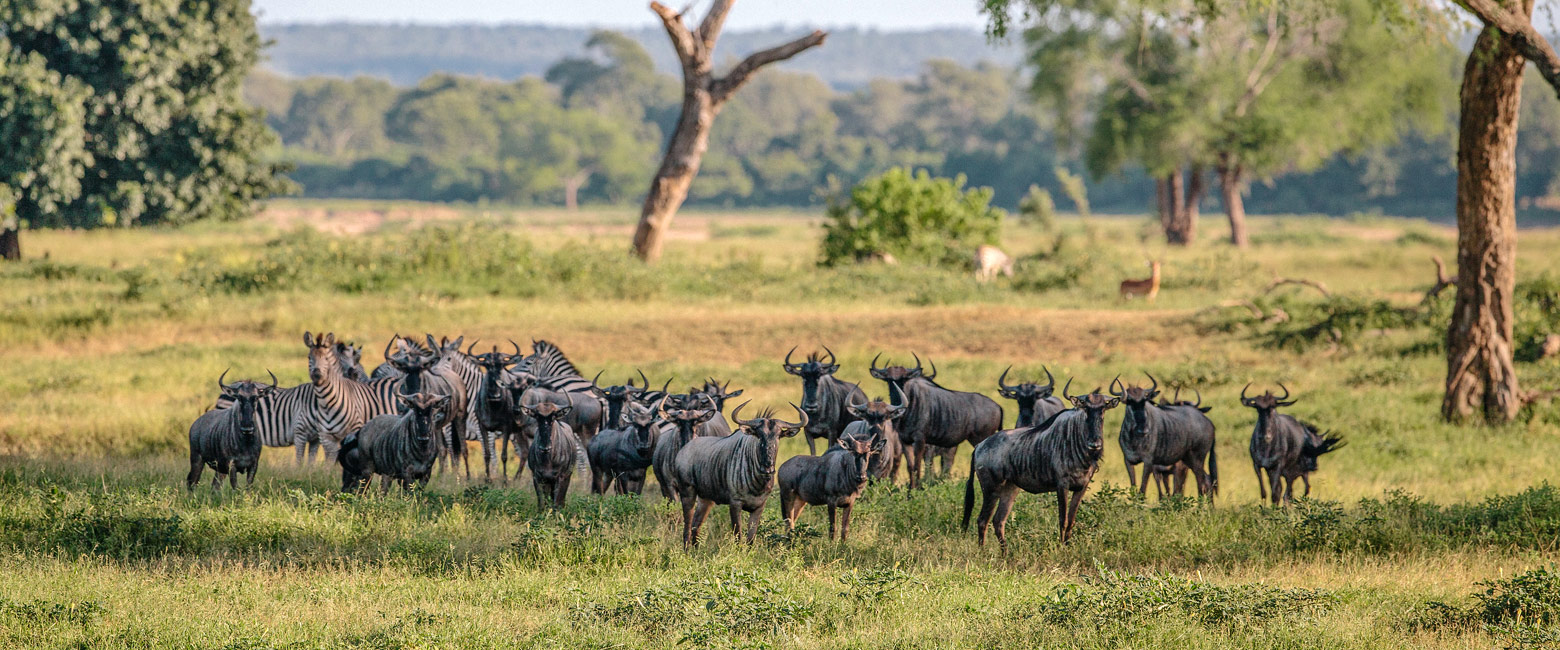
a wild and little-visited safari area
At 5053 square kilometres, Gonarezhou National Park is the second largest reserve in Zimbabwe after Hwange National Park. It lies in the extreme southeast corner of the country, adjoining Mozambique and just north of the Kruger area of South Africa.
This area is very much off the usual routes, is relatively wild and little-visited, making it something of a holy grail for safari aficionados.
The reserve was formed in 1975 by combining a number of tsetse fly control corridors and former hunting areas. During both the Rhodesian and Mozambique civil wars the park was closed to the public and reopened in 1994.
It now forms part of the vast Greater Limpopo Trans-Frontier Park, which links Gonarezhou with the Kruger National Park in South Africa and the Limpopo National Park in Mozambique. At 35,000 square kilometres, the combined area is larger than Switzerland or Maryland, allowing for free animal movement throughout.
The impressive red sandstone Chilojo Cliffs lie to the northeast and the terrain between the substantial Save and Runde rivers is largely hills, densely forested with mountain acacia and ironwood trees.
As the land drops away to the southwest, it tends to be more undulating than hilly, with patches of mahogany, ironwood and white acacia trees, scrubby bushveld and open grasslands, centred on the Guluweni River. There are also some lovely baobab trees which are an integral part of the ecosystem here.
The name Gonarezhou actually means ‘Place of Elephants’ in the local Shona language and this certainly is a haven for these peaceful creatures.
Other residents include giraffes, hippos, Cape buffaloes, zebras, wildebeest, lions, leopards, cheetahs and spotted hyenas. A successful black rhino reintroduction program took place here in 2021 after nearly 30 years of their absence.
The area also contains some impressive Bushman rock-art dating back more than 2,000 years. The cliffs and rocky outcrops of the north provide lots of overhangs and shelters which these ancient people must have used as bases from which to head out on their hunting expeditions.
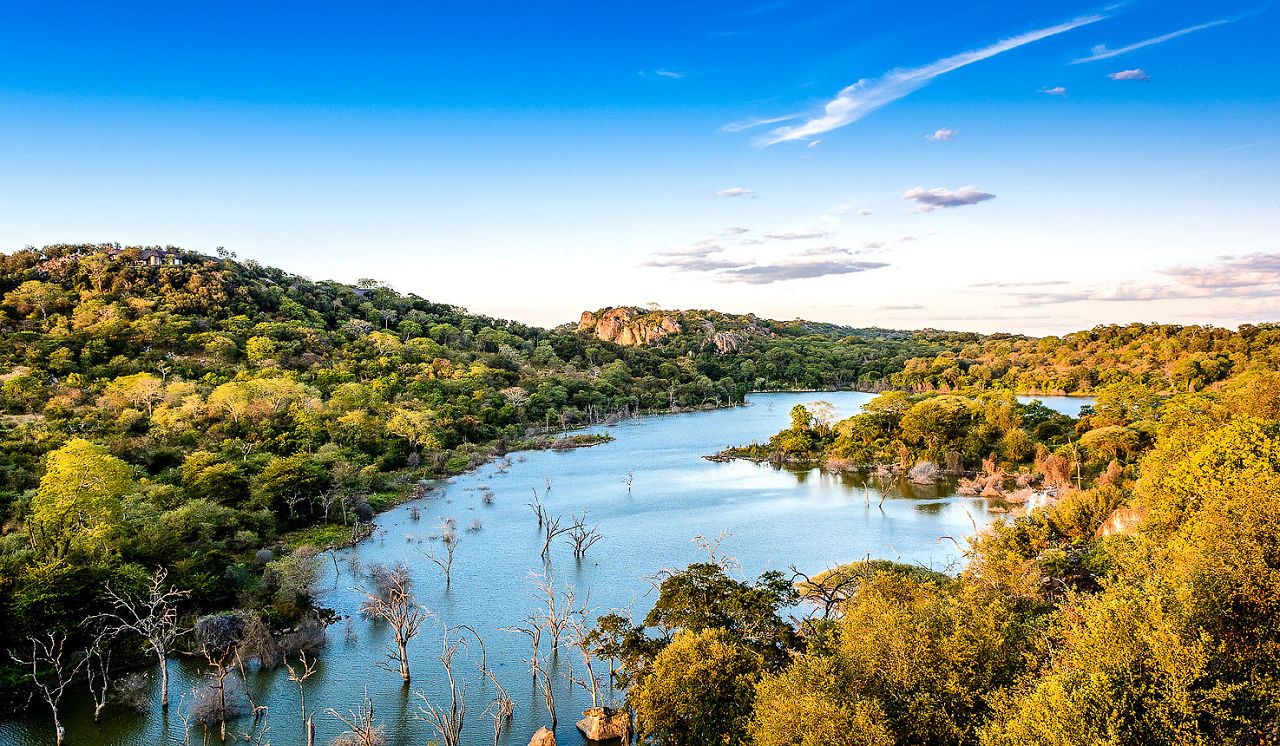
Gallery
Map
Gonarezhou is a long way from other safari areas, which is why it so rarely features in trips.
More experienced Africa travellers may choose to focus the whole of their safari here. High-end guests may charter flights from Mana Pools in the north or Kruger in the south.
The usual stay duration in the Gonarezhou area is 4-7 nights.
Seasonality
Safari in Gonarezhou is very seasonal and careful planning is extremely important.
Early dry season : May-Jun
May-Jun is a period of transition from the hot wet summer to the cool dry winter and is a decent time to visit, before the harshness of the main dry season kicks in. Animals should start to move back towards the permanent water sources, all of which should lead to an increase in sightings. Temperatures can drop during the night, but the days are gorgeous. The majority of camps are significantly discounted during this period.
Dry season : Jul-Sep
The Jul-Sep dry season is the classic time to visit Gonarezhou and is generally the best time for wildlife viewing, with many animals drawn to the water from the dry surrounding areas. During Jul-Aug the cooler temperatures of the preceding season can continue. This is very much the high season in terms of prices and visitor numbers, but vehicle traffic should rarely be an issue.
Hot season : Oct-Dec
The Oct-Dec hot season is the transition period between the peak of the dry season and the start of the rains. Temperatures and humidities can become uncomfortably high and if rainfall arrives, it brings relief from the high temperatures, but can be heavy and prolonged. Some animals may disperse, causing a marked drop off in sightings The majority of camps are significantly discounted during this period.
Green season : Jan-Apr
Jan-Apr is the main green season when the area receives the most rainfall and temperatures are still elevated. The animals are well fed and there’s lots of babies around. With the wildlife being more dispersed and the long grasses providing extra cover, wildlife viewing can be more difficult, causing a drop off in sightings. It’s the Dec-Feb period which threatens the greatest chance of more cloud and rain, making safari conditions more challenging. The camps are significantly discounted throughout this season, making it a smart time to travel.
Getting there
The Gonarezhou area is usually accessed by scheduled light aircraft flight from Johannesburg into Buffalo Range International Airport.
From the airport, it is a road transfer of around 2 hours to Singita Pamushana Lodge.
Alternatively it is possible to arrive by charter flight from a range of locations including Victoria Falls into Lonestar Airstrip, from where it is a vehicle safari of around 15 minutes.
rarely combined with other safari areas
let us know your thoughts about Zimbabwe
and we will help you create the perfect trip
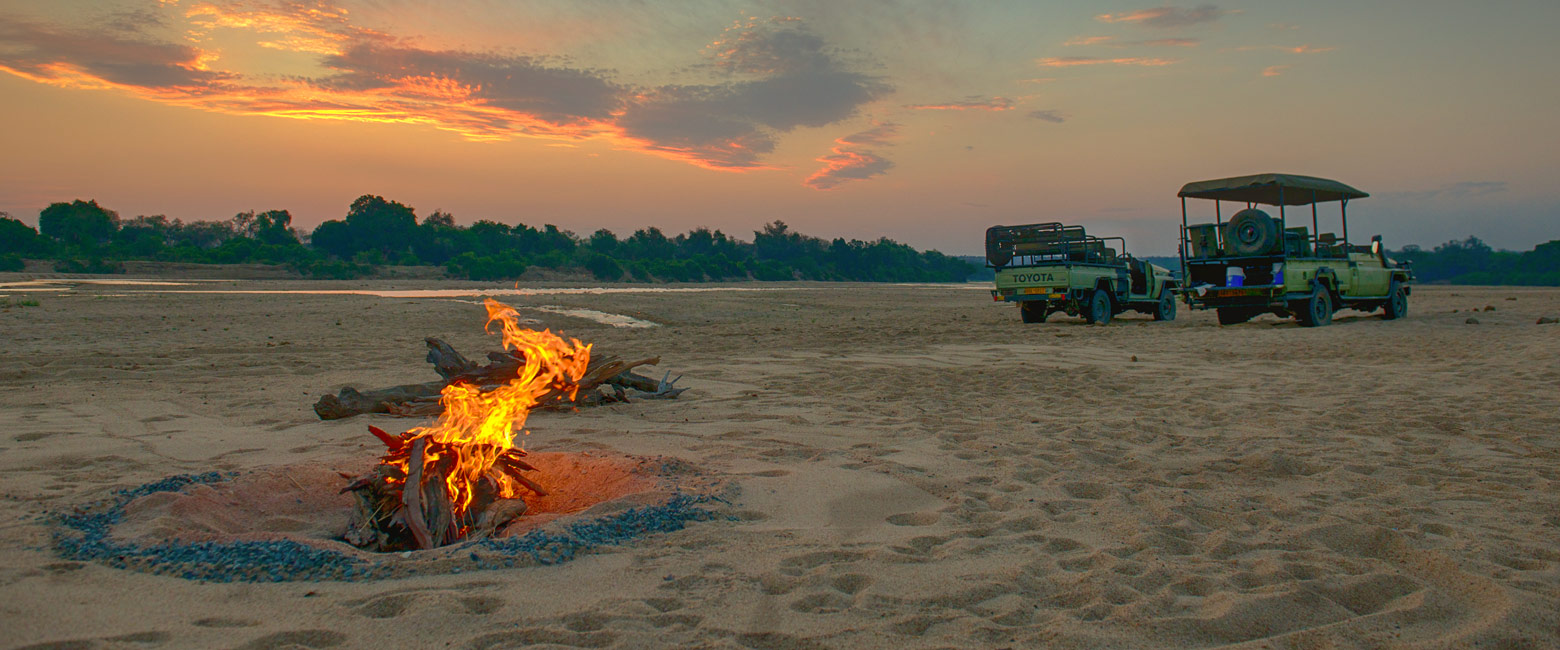
Extraordinary tailor-made adventures,
from earthy and edgy to easy and extravagant
From around USD 2500 per person, you set the ceiling
Sample Trips
Here are some of our popular trip shapes
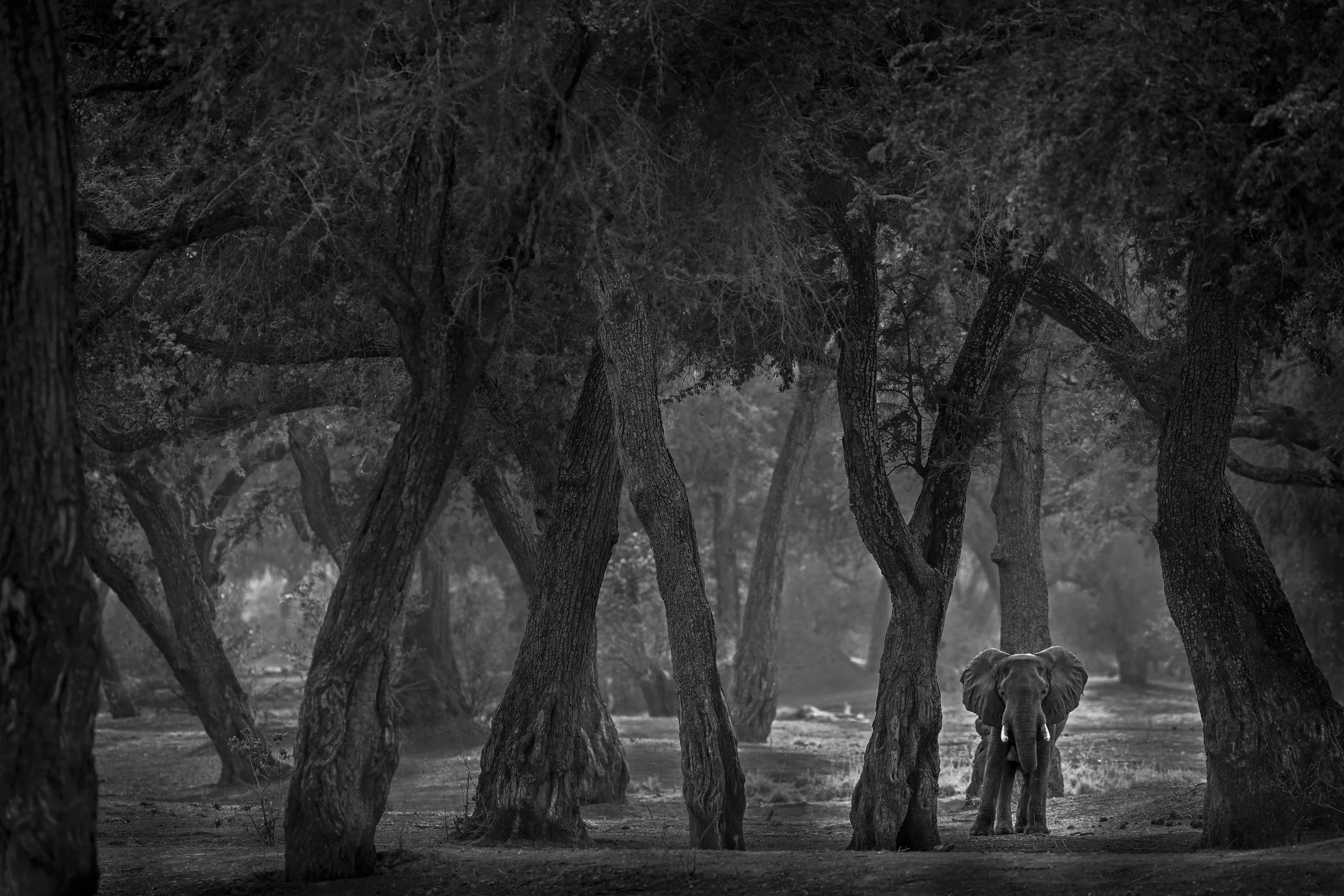
Get started on your trip
It’s never too soon to get in touch, we are here to help with every stage of your planning.
Best Lodges
We regularly inspect and photograph all of the the best lodges, to ensure that we always recommend the most suitable options
Key Locations
Take a look around related locations. Click ‘View more’ to explore locations further afield.








